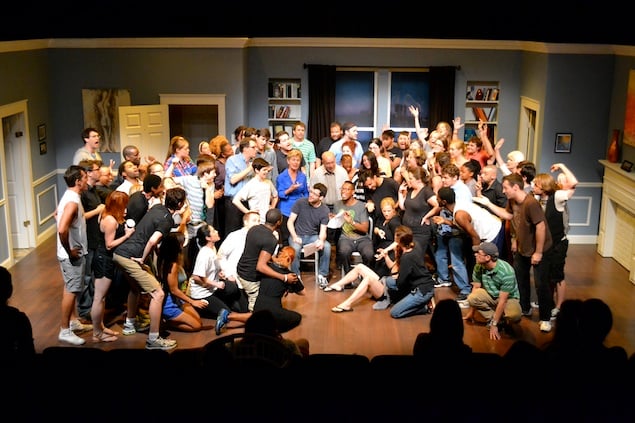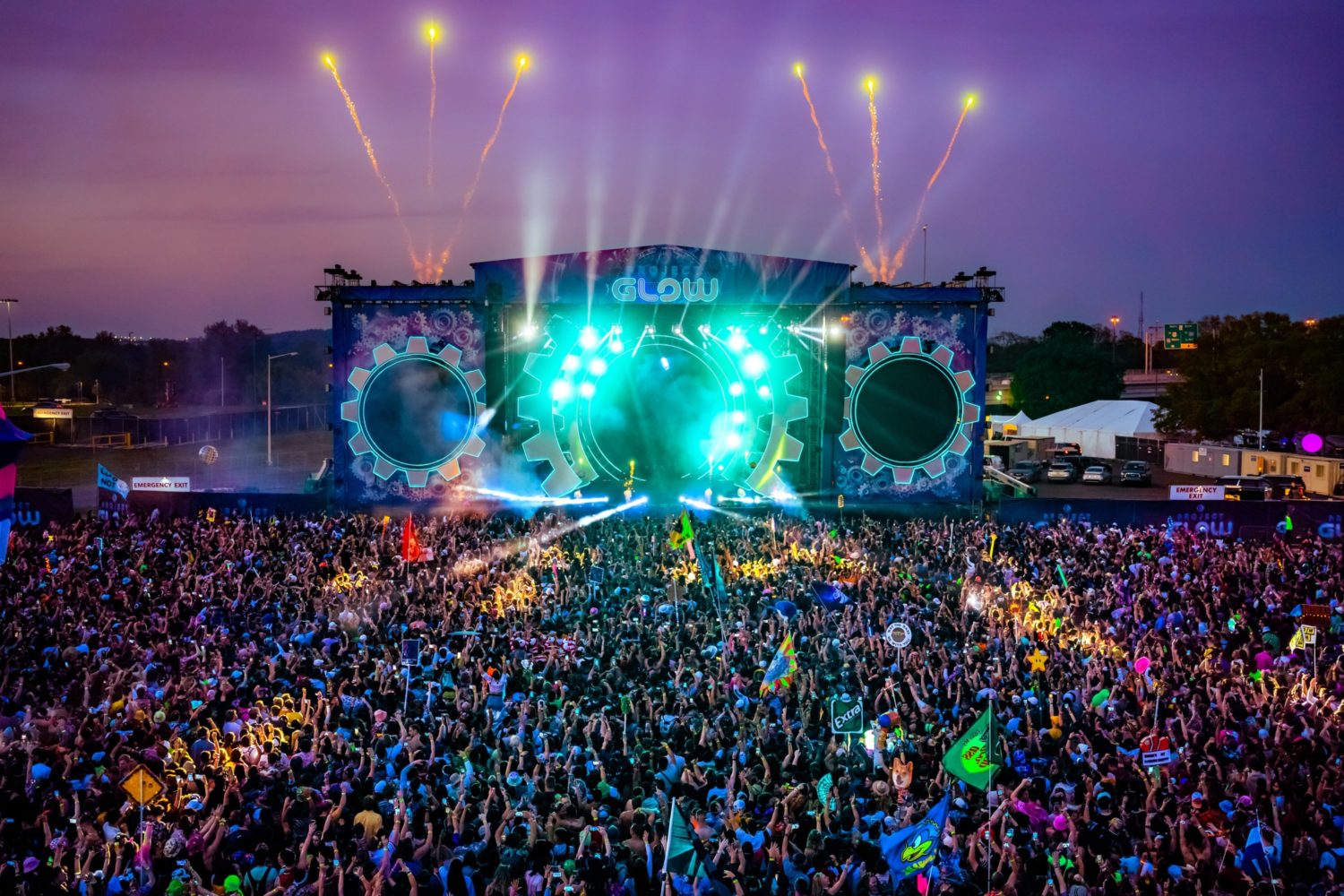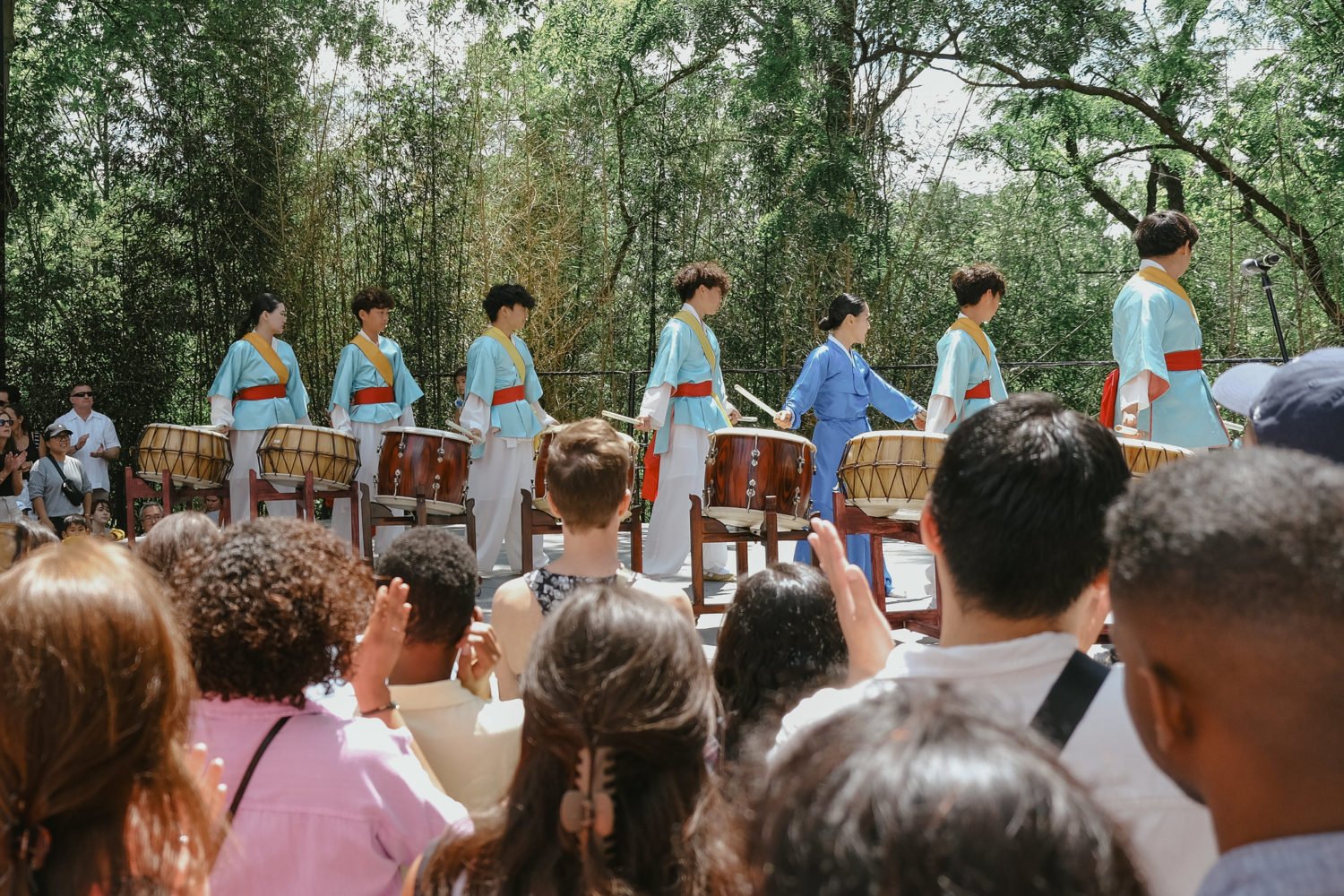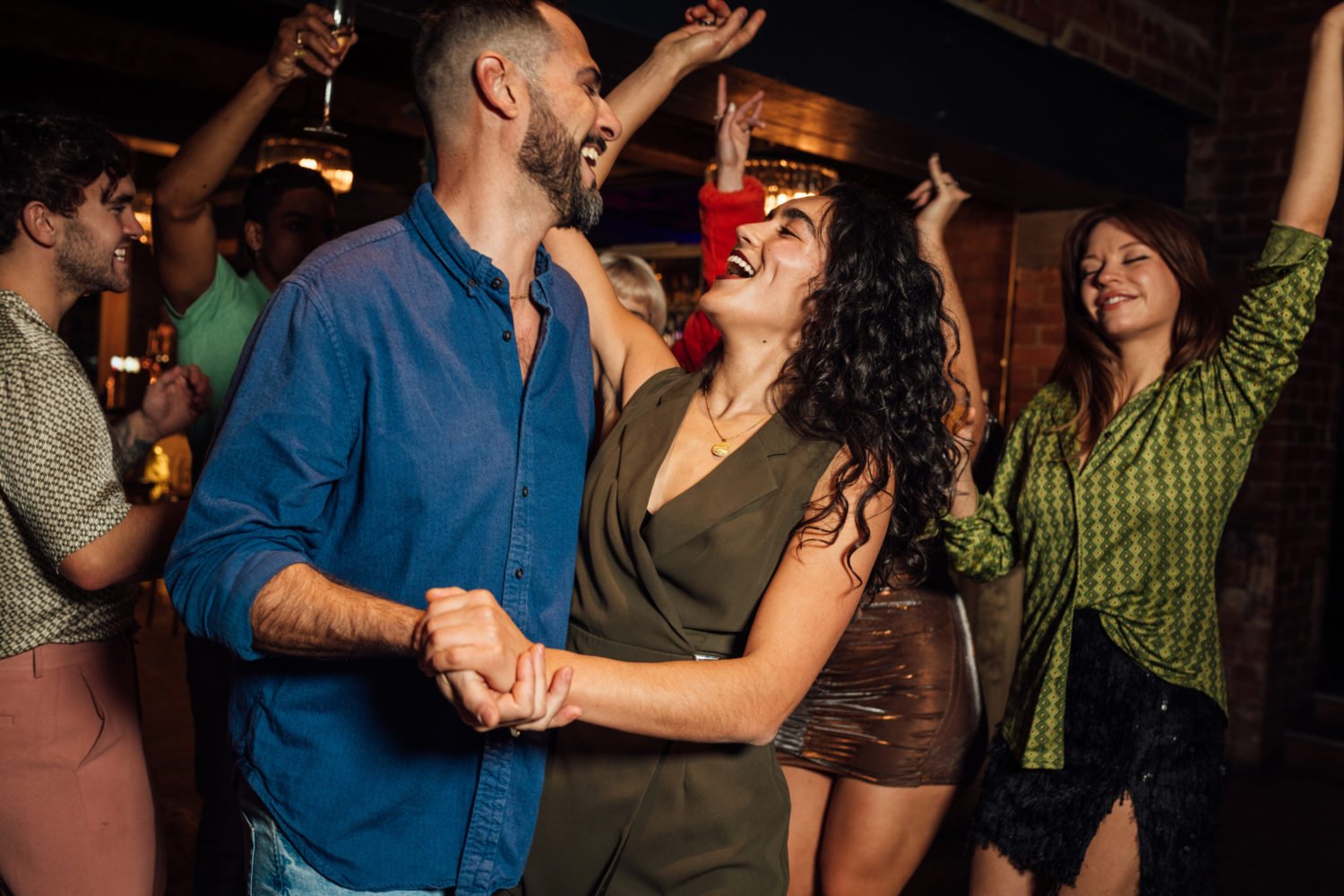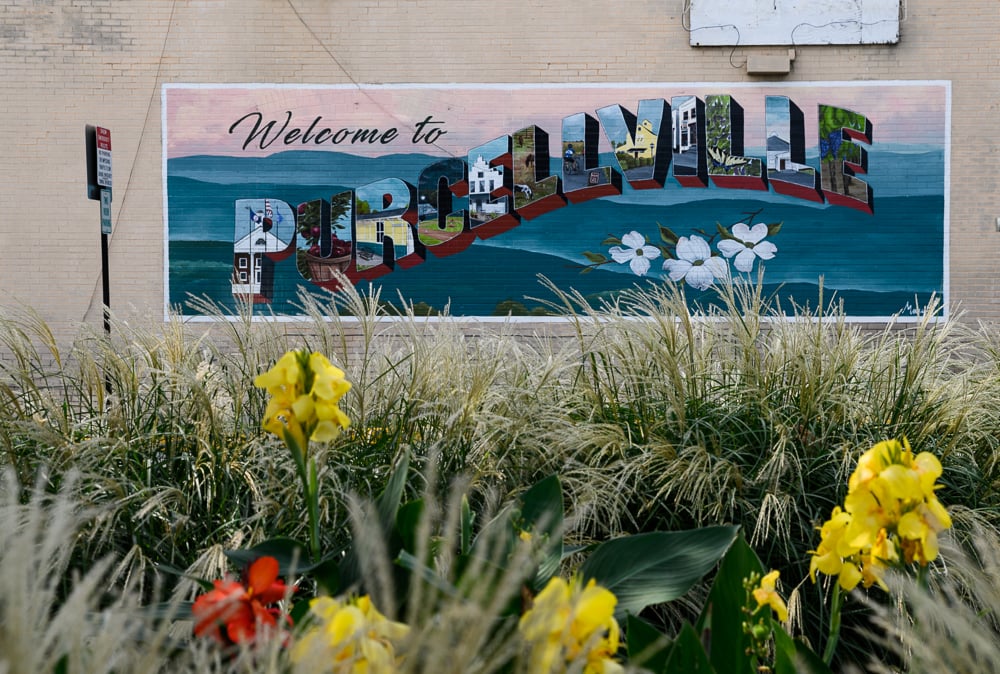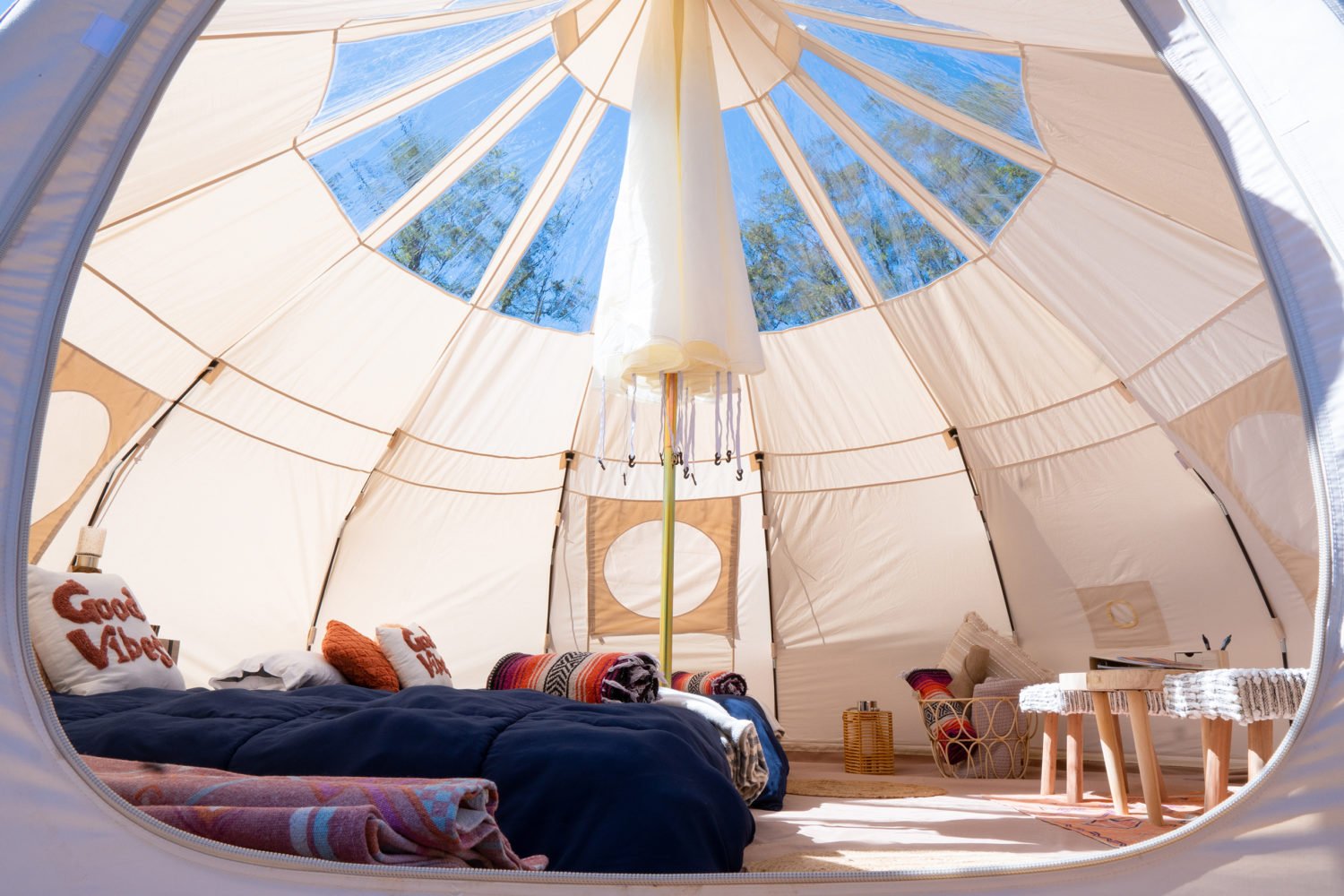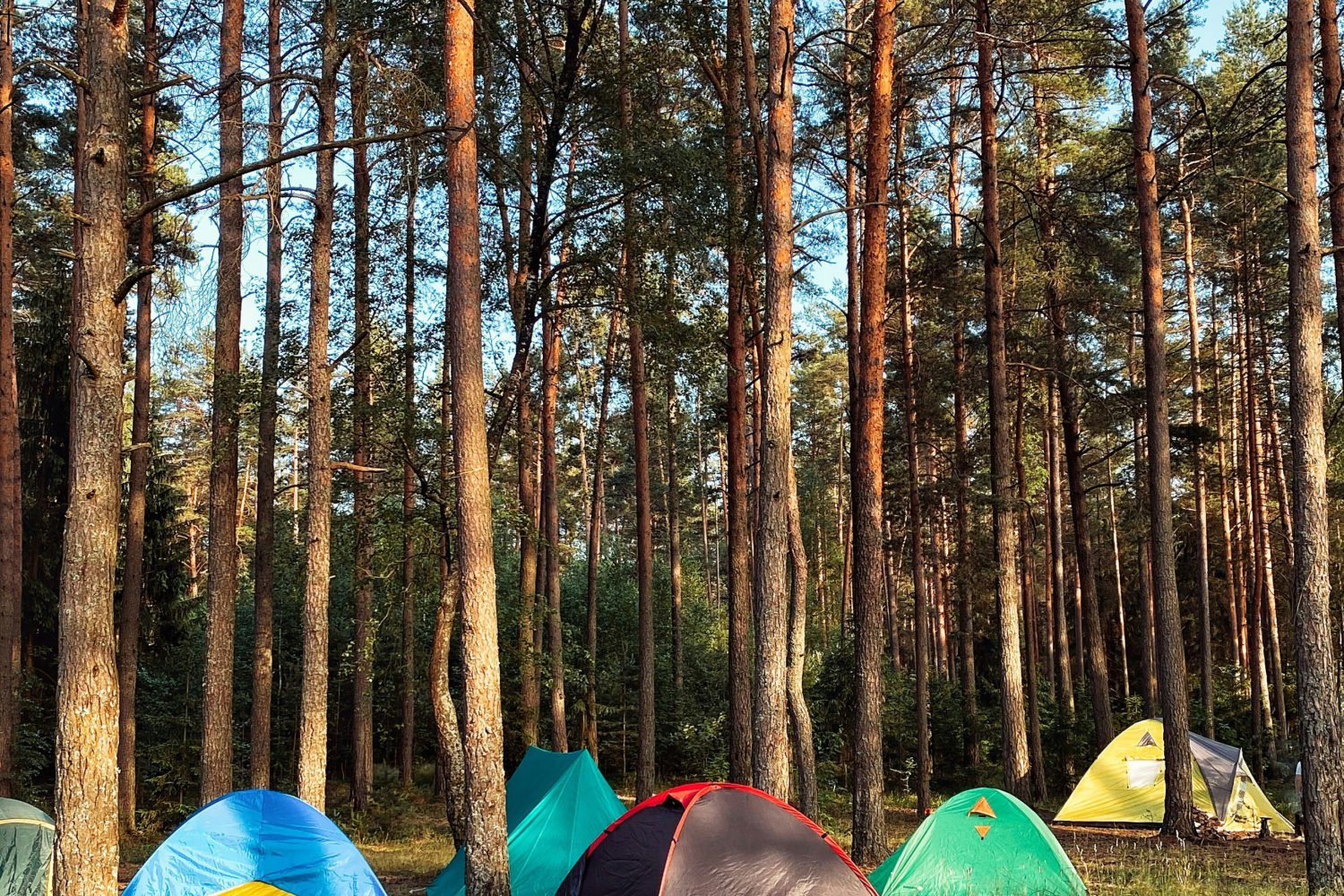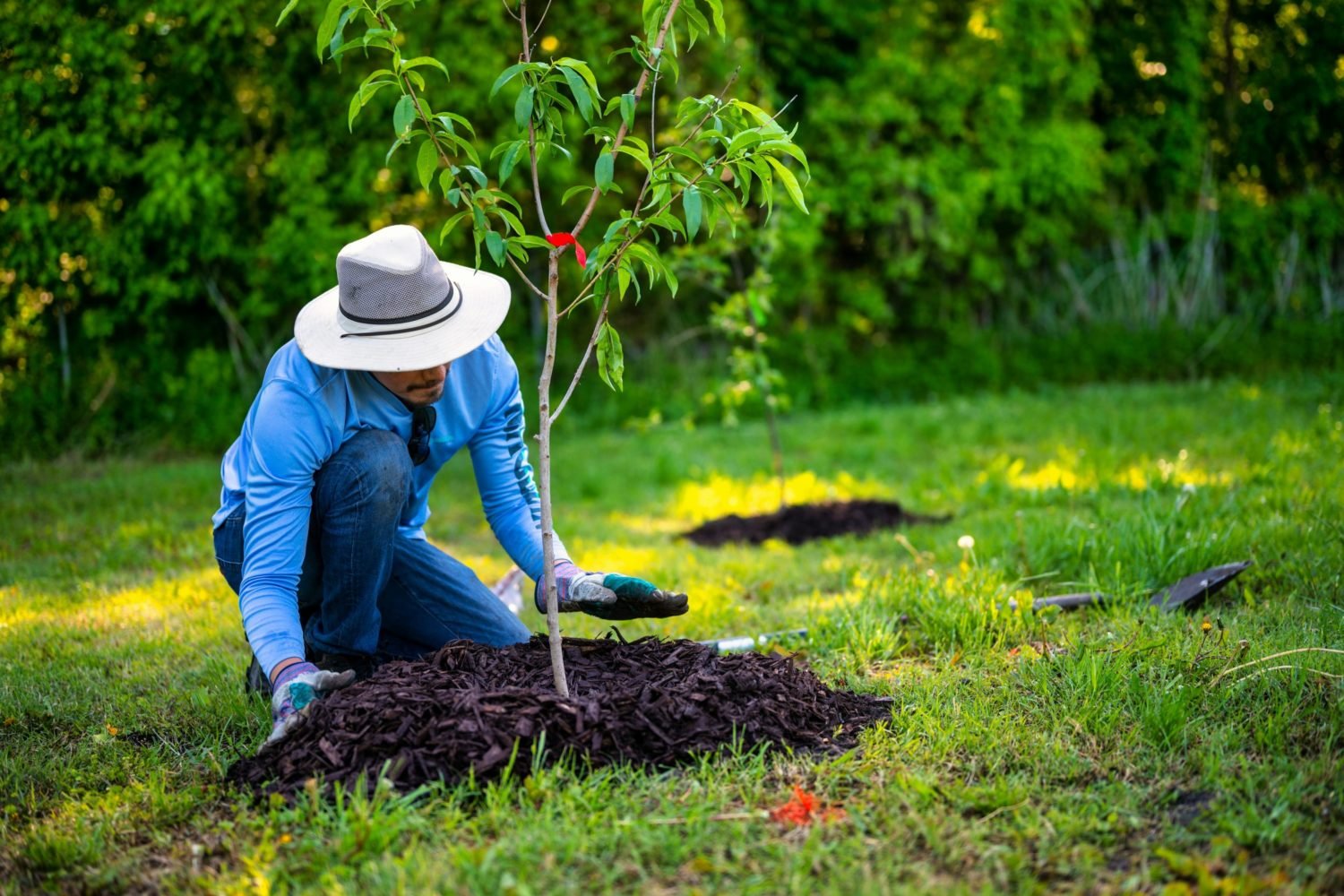The phrase “one-minute play festival” might conjure the impression of theater designed to indulge the Vine generation. But producing artistic director Dominic D’Andrea had something else in mind entirely when he conceived the project: a way to paint a picture of a city’s culture through 60-second works that capture something essential about the time and place in which they were written. The first One-Minute Play Festival was held in New York City in 2006; it’s now expanded to 22 cities across the country, including Los Angeles, Chicago, Miami, and Anchorage, and has featured original works by David Henry Hwang, Neil LaBute, Tina Howe, Mike Daisey, and many more. D’Andrea, a Washington native, brings the festival to the area for the first time this weekend—Saturday, July 12, through the 14th at Round House Bethesda—with brand-new contributions from nearly 60 local playwrights, including Psalmayene 24, Renee Calarco, and Stephen Spotswood. We chatted with D’Andrea about the genesis of the one-minute play concept, how the performances are structured, and what he’s discovered from the experience.
How did you come up with the idea for a collection of one-minute plays?
It originally came about as a challenge for some of my friends in New York, just something we did for fun. We wanted to look at how you could take a short play model and distill it down to the most essential moment of impact, and then use it to investigate the local zeitgeist—what topics, themes, ideas, trends, and points of view begin to bubble up to the surface. And then we wanted to figure out how to highlight them and reflect them back to the community. The thing about theater is that it normally takes so long to gestate and birth an idea, it’s hard to make works that engage with current topics. With this, the playwrights can actually just crank something out, and then it goes straight into production. This is our ninth year doing the festival in New York, and if I sat down and looked at what was said in the city in the first year of the festival versus the third year versus the ninth year, it’s just amazing to see that journey.
Give me an idea of the structure of each performance.
The Washington festival takes the form of 100 plays staged by ten directors, with almost 80 actors and 60 playwrights. Every minute there’s a pulse, and then a new play begins. They’re staged very simply, all with four chairs, and it’s lights up, lights down—we’re focusing on ideas and connections, things that are more meaningful than the tiny frame of the minute itself.
What sort of direction do you give the playwrights?
I give them a pretty general prompt that says something like, “Consider the world around you, your city, your neighborhood, your community. Then think about moments that can only happen at this place and this time, and let the worlds around you inform the worlds you make.” I ask them to engage with the here and now, but I don’t tell them what to write about. What’s amazing is there are tons of connections that come up, these big broad sweeping topics that are unique to that place and time. What we’re doing is getting into that and presenting topics but also investigating the big framing questions: Who are we, and what is our relationship to our community and our work?
How does the time constraint affect how people approach the writing process?
I normally tell the playwrights to start with an idea and then “seed up”: to think of an image, a word, an action—something that’s the core of the idea they’re trying to express—and then build up to a minute on the page, including only what’s necessary to express that moment, rather than cramming in a bunch of stuff and having everyone onstage blur through it. When a one-minute play is really good, it suggests a world that is much wider, much fuller, much bigger than that moment you’re seeing; it suggests something that transcends the little frame we’re looking at. If it manages to express an idea that’s more universal than what’s in that minute, they’ve succeeded in making a really good one-minute play. That’s actually true of a play of any length, it’s just very much more present in this form.
When you look at all the plays together, are the themes that emerge mostly universal, or are they more city-specific?
There are some themes we see everywhere, but more or less they’re totally unique to the city. One thing I’ve seen come up often is the theme of technology, the reliance on it and the ways in which we communicate with it—or don’t. And then sometimes there’s stuff that’s really deeply specific to the city, where ten people will write about something and I have no idea what it is and have to do some research. There was this thing in Chicago where a lot of people were writing about a Swedish water tower, and I eventually realized there was this iconic water tower that had the Swedish flag on it that had been demolished. I can share that in DC, some of themes and ideas bubbling up are about women’s rights and gender, specifically looking at how women are treated differently from men. I’ve also noticed themes of gun control and gun violence, of gentrification and what neighborhoods look like, and just commentary on politics in general. I guess that’s a little bit to be expected in DC—but one of the things I’ve learned is never to expect anything, because you’ll never get what you expect.
Have you ever found the format to be challenging for audiences to engage with?
The thing is, we’re presenting 100 pulses of storytelling—it’s not about time constrictions. The name of the festival was developed back in the day, and if I were to choose it today I would probably call it the Barometer Project, because it’s looking at the bigger picture, at what themes and ideas come through the spectrum. You’re not gonna get a linear arc—it’s not gonna start in one place and land in another—it’s more cumulative, and the experience of watching it can be quite athletic and interesting. You’re being presented with a lot of information and then seeing what sticks, so each audience member probably keys into or remembers totally different moments. It’s up to you to measure what sticks. That’s why we use this metaphor of the barometer; it’s like you’re taking a core sample from the earth and examining the cross-section.
Any advice you’d give people for how to take it all in?
One thing that’s unique is that it’s so much about the group over any individual, a chorus of voices as opposed to a soloist—it’s the whole bag of M&Ms, not the candy bar. The primary value of the work is that it’s sort of communal and looking at connective tissues. I’d encourage people not to get caught up in the goofy idea of a clock counting down. Instead, think of the bigger picture; think about all the stuff that’s going on in the world and the community. That’s what the takeaway should be.
The One-Minute Play Festival is at Round House Bethesda Saturday, July 12, through Monday, July 14. Tickets ($20) are available online.

